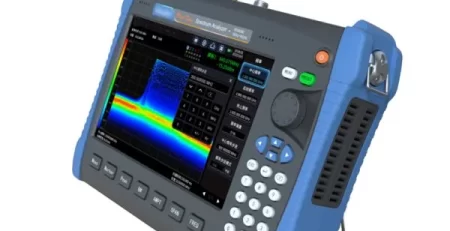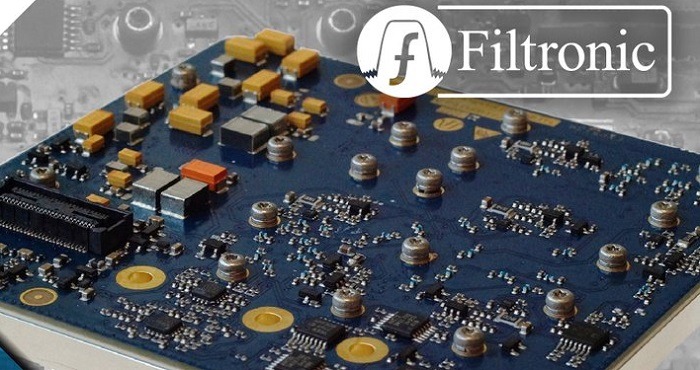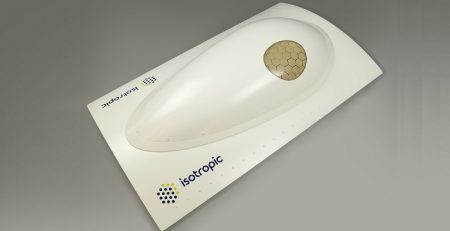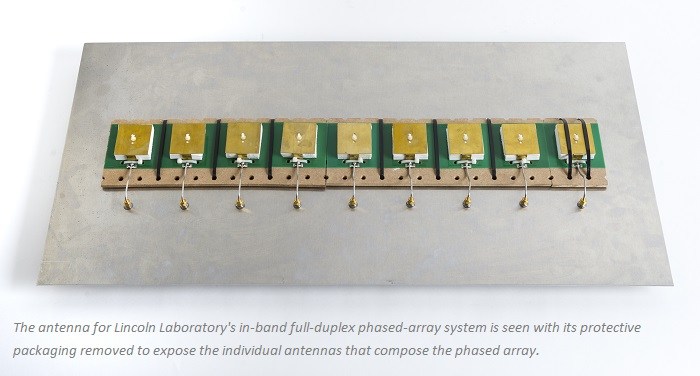What is a Dual Polarized Horn Antenna?

Dual Polarized Horn Antenna’s Definition, Key Components, and Design Features
What is a Horn Antenna?
A horn antenna is a type of waveguide antenna used in RF and microwave setups to transmit and receive electromagnetic waves. Its flared, horn-shaped form directs radio waves into a focused beam. This makes it perfect for tasks needing strong high gain and directivity.
What is Dual Polarization?
Dual polarization is an antenna’s characteristic to transmit and receive signals in two orthogonal polarization states, typically horizontal and vertical at the same time. This feature makes the antenna manage two separate signal paths within the same frequency band. It doubles data flow without needing extra spectrum.
Key Components and Design Features
Dual Polarized Horn Antennas are often quad-ridged models. Below are their main parts and features:
- Quad-Ridged Waveguide: The antenna is shaped from one copper block. This ensures exact ridges that meet at 90 degrees for perfect polarization separation.
- High Gain: Offers gain from 8 to 22 dBi. This fits long-range communication and testing.
- Wide Frequency Range: Covers bands like 1–3 GHz, 2–6 GHz, 6–18 GHz, 18–40 GHz, and 22–44 GHz. These support many tasks.
- Low Cross-Polarization: Keeps isolation above 30 dB. This cuts interference between polarization channels.
- Connectors: Works with N-type, 2.92mm, or SMA connectors. These match various systems.
- Symmetric Beam: Ensures steady radiation patterns. This supports dependable signal transmission.
These features make the Dual Polarized Horn Antenna a flexible pick for tough RF environments.
Key Advantages of Dual Polarized Horn Antennas
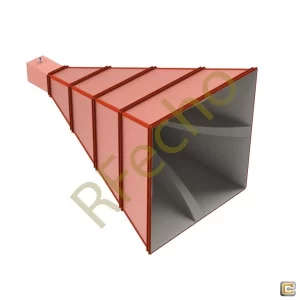
Improved Signal Reliability
These antennas support both horizontal and vertical polarizations. This can help them keep signal integrity in tough tasks. They are less affected by signal fading from reflections or obstacles. So, they work steadily in cities or crowded areas.
Reduced Multipath Interference
Multipath interference happens when signals reflect off surfaces. This can cause delays and distortion. Dual polarization helps by letting the receiver tell apart direct and reflected signals, which boosts clarity and reduces errors.
Flexibility in Communication Systems
These antennas handle two signal channels at the same time, which makes them great for modern setups like MIMO (Multiple Input Multiple Output) systems. Such flexibility supports quicker data speeds and better network efficiency. This is key for 5G and satellite links.
| Advantage | Benefit |
| Enhanced Signal Reliability | Keeps performance strong in tricky spots |
| Reduced Multipath Interference | Boosts signal clarity by cutting reflections |
| Flexibility | Supports quick data and MIMO systems for modern needs |
Applications of Dual Polarized Horn Antennas
The flexibility of Dual Polarized Horn Antennas makes them vital across many fields. Below are their main uses:
 Use in Wireless Communication
Use in Wireless Communication
In wireless networks, especially 5G and beyond, these antennas enable high-capacity data transmission. Their dual polarization allows smart use of spectrum, which makes them perfect for base stations and direct links. For example, the 18–40 GHz Dual Polarized Horn Antenna is great for high-frequency 5G tasks.
Role in Radar and Satellite Systems
Defense or weather monitoring radar system relys on Dual Polarized Horn Antennas for some exact targets. Their low cross-polarization ensures accurate radar cross-section (RCS) measurements. In satellite setups, they act as feed devices for reflectors, which supports trustworthy communication with spacecraft.
Testing and Measurement
In RF testing, these antennas are used in Compact Antenna Test Ranges and anechoic chambers. Their symmetric beam and strong isolation make them perfect for checking antenna performance and adjusting setups. The 1–2 GHz Dual Polarized Horn Antenna is a favored choice for low-frequency testing. See it here.
RFecho: Your Trusted Dual Polarized Horn Antenna Supplier
RFecho has proven itself as a global leader in RF and microwave solutions. We bring over 20 years of skill in antenna design and making. RFecho started as a pioneer in high-performance device creation. It has grown into a key supplier for global radio wave companies. Visit their homepage here.
Our modern making facilities and strict testing methods ensure every antenna meets tough quality rules. Dual Polarized Horn Antennas, like the 18–40 GHz model with SMA connectors, are crafted with precise CNC shaping. This delivers unmatched results. RFecho offesr custom solutions for fields from telecom to aerospace, which makes them a reliable partner for your antenna needs.
FAQs About Dual Polarized Horn Antennas
Q1. How does a dual polarized horn antenna boost signal quality?
A1. Dual polarized horn antennas improve signal quality. They send and catch signals in two opposite directions. This cuts signal fading and multipath disruption. As a result, communication is clearer and more trustworthy. This is especially true in tricky spots like cities or satellite links.
Q2. How do I pick the right dual polarized horn antenna for my task?
A2. Choosing the right antenna depends on your task’s needs. Consider the frequency range and power needed. Also, think about the use. For example, pick a 1–3 GHz antenna for L-band radar.
Q3. Are dual polarized horn antennas costly?
A3. The price of dual polarized horn antennas varies. It depends on the frequency range, power, and design complexity. High-frequency models, like 22–44 GHz, may cost more due to precise making. Still, they offer great value for tasks needing strong results.
Call to Action
Ready to boost your setups with a Dual Polarized Horn Antenna? Whether you work on 5G networks, radar tools, or device testing, RFecho has the right answer. Check out Dual Polarized Horn Antenna collection today. Contact our skilled team to find the perfect antenna for your task. Improve your setup’s results with RFecho’s advanced tools!

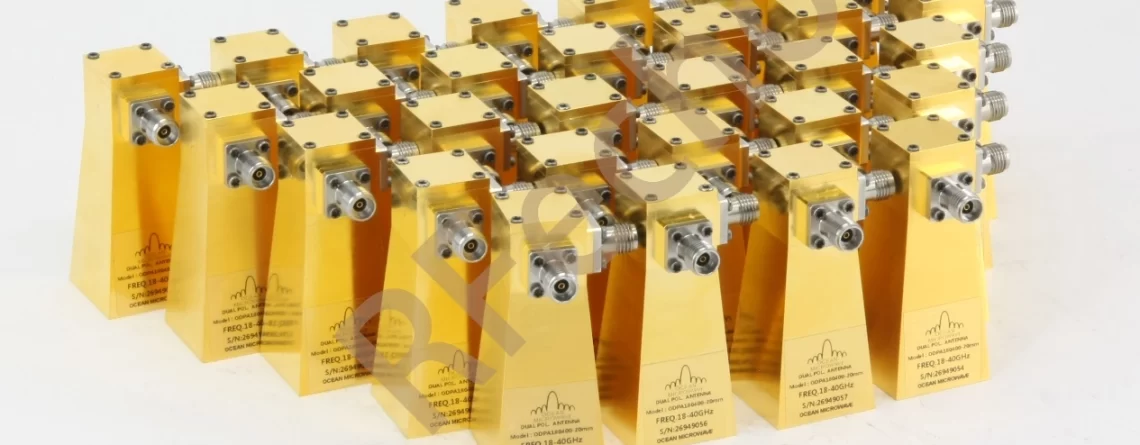
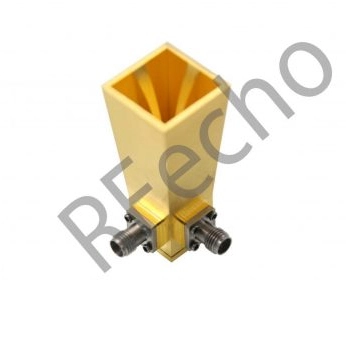 Use in Wireless Communication
Use in Wireless Communication